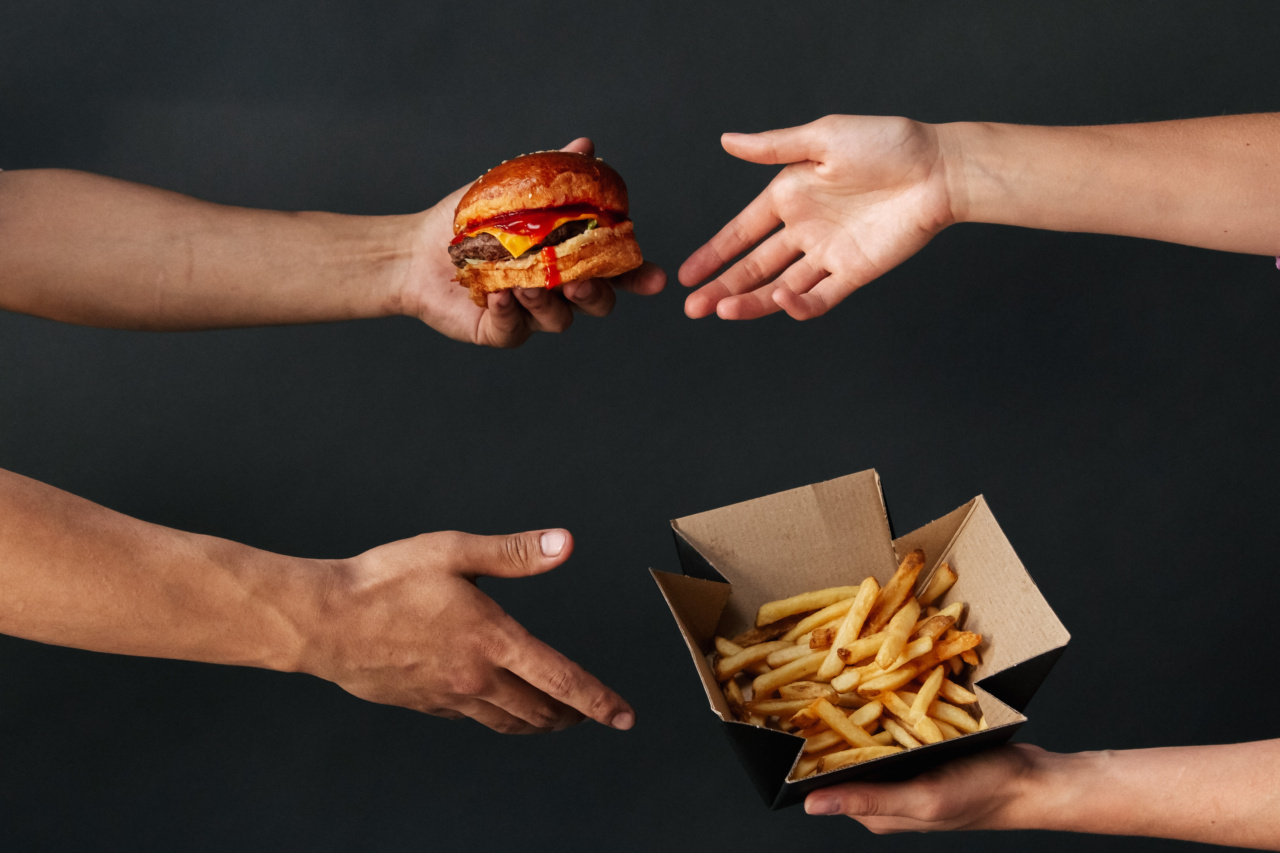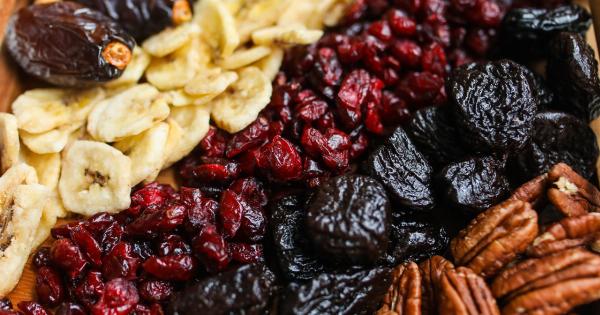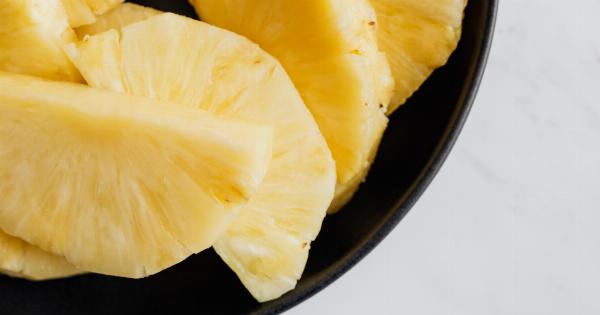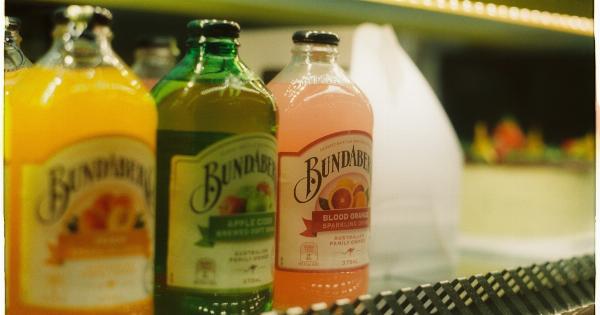Hypoglycemia, also known as low blood sugar, occurs when the level of glucose in the bloodstream drops below normal.
This condition can be caused by various factors, such as inadequate food intake, excessive physical activity, or certain medical conditions. Managing hypoglycemia is crucial to prevent complications and ensure overall well-being. One effective way to address low blood sugar episodes is by consuming fast-acting foods that can quickly raise blood glucose levels.
In this article, we will explore different fast-acting food options and discuss their benefits in managing hypoglycemia.
The Importance of Fast-Acting Foods
When blood sugar levels plummet, it is essential to consume foods that can rapidly increase glucose levels.
Fast-acting foods help provide immediate energy to the body and prevent symptoms associated with hypoglycemia, such as dizziness, confusion, and weakness. These foods are easily digestible and swiftly release glucose into the bloodstream, averting potential complications and ensuring stable blood sugar levels.
Fruit Juices
Fruit juices, particularly those with no added sugars, can be an excellent choice for managing hypoglycemia. Juices made from fruits like orange, apple, or grape contain natural sugars that are quickly absorbed by the body.
When experiencing low blood sugar, consuming a small glass of fruit juice can significantly raise glucose levels within minutes. However, it is important to avoid juices with added sugars, as they may cause a rapid rise followed by a precipitous drop in blood sugar levels.
Glucose Gels
Glucose gels are specifically formulated to provide a rapid increase in blood sugar levels. These gels contain a high concentration of glucose and are designed to be quickly absorbed through the mouth.
They are compact and easy to carry, making them a convenient option for managing hypoglycemia on the go. Glucose gels are available in premeasured packets, ensuring accurate dosing and efficient consumption.
Dried Fruits
Dried fruits, such as raisins, dates, and apricots, are packed with natural sugars and can be an excellent snack for managing hypoglycemia.
Due to their low water content, dried fruits are more concentrated in nutrients and sugars compared to fresh fruits. The high sugar content in dried fruits allows for a rapid rise in blood glucose levels, making them an effective fast-acting food option. However, it is important to consume dried fruits in moderation, as they are also calorie-dense.
Energy Bars
Energy bars are a convenient and portable option for managing hypoglycemia. These bars are often specially formulated to provide a balance of proteins, carbohydrates, and fats, which helps stabilize blood sugar levels.
When choosing energy bars, opt for those with natural ingredients and minimal added sugars. Reading labels and selecting bars with a higher carbohydrate and protein content can ensure an effective response to low blood sugar episodes.
Yogurt and Milk
Yogurt and milk are excellent sources of fast-acting carbohydrates and proteins, making them suitable choices for managing hypoglycemia.
Yogurt with no added sugars offers a quick glucose boost while providing essential nutrients like calcium and protein. Milk, especially low-fat or skim milk, contains lactose, a natural sugar that can be rapidly absorbed by the body. A small cup of yogurt or a glass of milk can help alleviate hypoglycemic symptoms and provide a sustained source of energy.
Peanut Butter
Peanut butter, with its perfect blend of healthy fats, proteins, and carbohydrates, can effectively raise blood sugar levels. It offers a slow, sustained release of glucose into the bloodstream, ensuring a stable response to hypoglycemia.
Pairing peanut butter with whole-grain crackers or bread can further enhance the impact on blood sugar. However, it is crucial to choose natural peanut butter without added sugars or hydrogenated oils for optimal health benefits.
Emergency Hypoglycemia Kits
Emergency hypoglycemia kits are available for those who regularly experience severe or recurrent hypoglycemic episodes.
These kits typically include glucose tablets, gels, or liquids, providing a concentrated and easily accessible source of carbohydrates. They are designed to have a long shelf life and can be carried in bags, pockets, or purses for easy access during emergencies.
Best Practices for Managing Hypoglycemia
In addition to incorporating fast-acting foods into your hypoglycemia management plan, following best practices can help maintain stable blood sugar levels:.
- Monitor blood sugar levels regularly to identify patterns and potential triggers for hypoglycemic episodes.
- Carry fast-acting foods with you at all times, ensuring quick access during emergencies.
- Eat smaller, frequent meals throughout the day to prevent significant drops in blood sugar levels.
- Avoid skipping meals or delaying food intake, as this can contribute to hypoglycemia.
- Work with a healthcare professional, such as a registered dietitian or endocrinologist, to develop an individualized hypoglycemia management plan.
- Stay hydrated by drinking sufficient amounts of water throughout the day.
- Engage in regular physical activity, but follow an appropriate exercise routine and adjust insulin or medication doses as necessary.
- Ensure a balanced diet rich in whole grains, lean proteins, healthy fats, and a variety of fruits and vegetables.
- Stay informed about the signs and symptoms of hypoglycemia, and educate friends, family, and colleagues about how to assist during episodes.
- Regularly review and update your hypoglycemia management plan to accommodate any changes in lifestyle, medication, or health status.
Conclusion
Managing hypoglycemia with fast-acting foods is crucial for individuals with low blood sugar levels. Consuming foods that can rapidly increase glucose levels helps prevent complications and allows for sustained energy throughout the day.
Fruit juices, glucose gels, dried fruits, energy bars, yogurt and milk, peanut butter, and emergency hypoglycemia kits are all effective options for managing low blood sugar. By incorporating these fast-acting foods into a comprehensive hypoglycemia management plan and following best practices, individuals can effectively regulate their blood sugar levels and maintain overall well-being.































